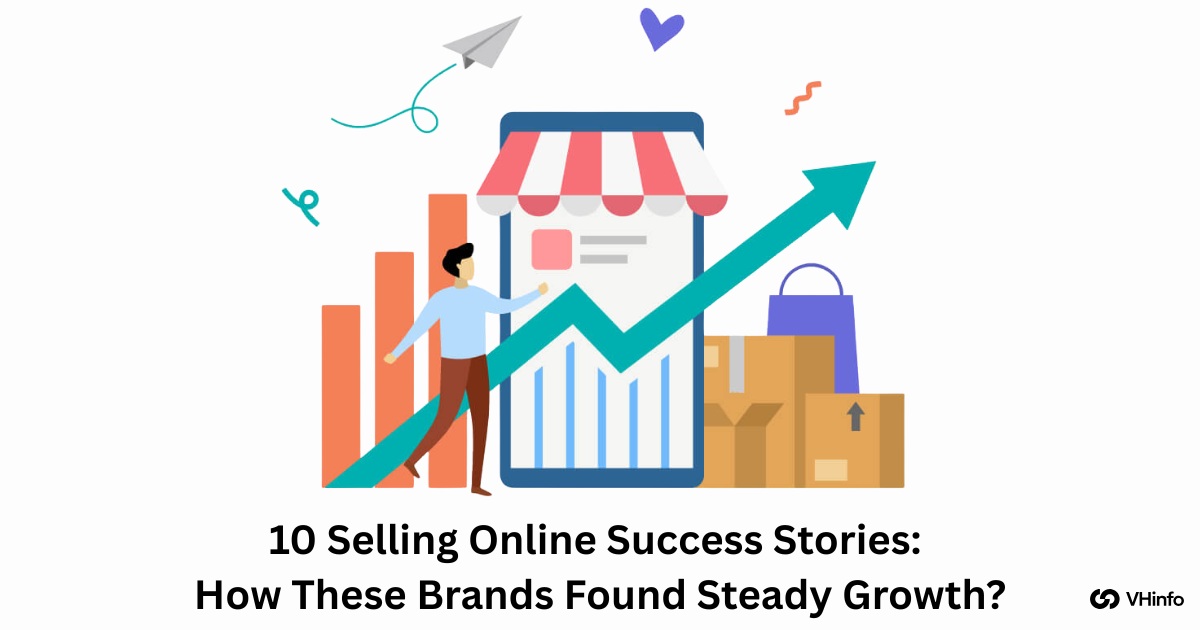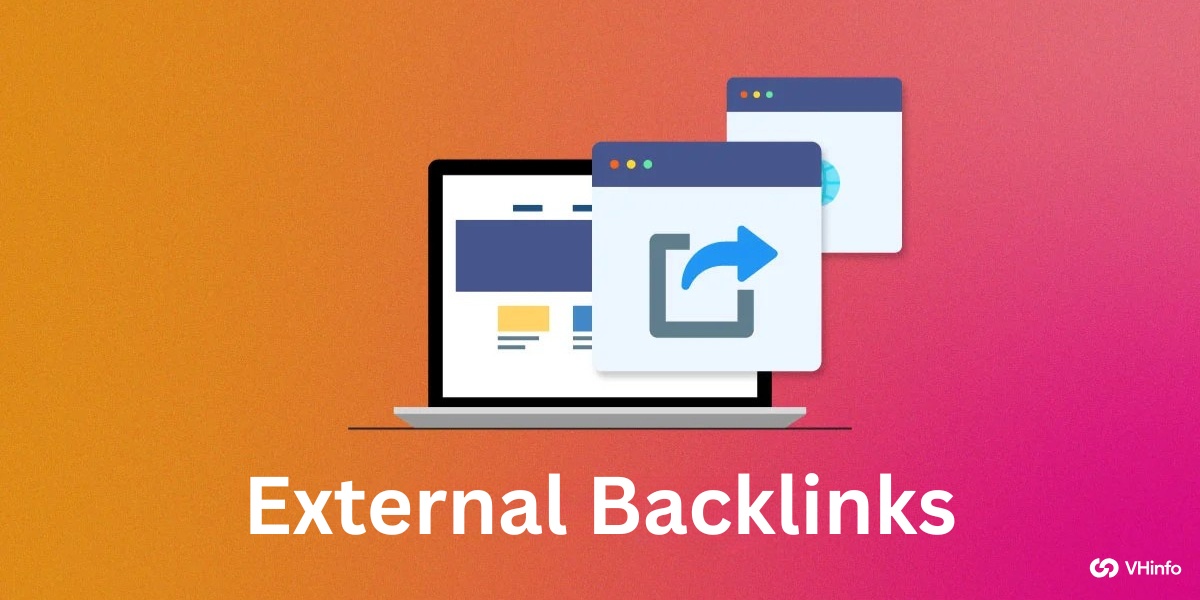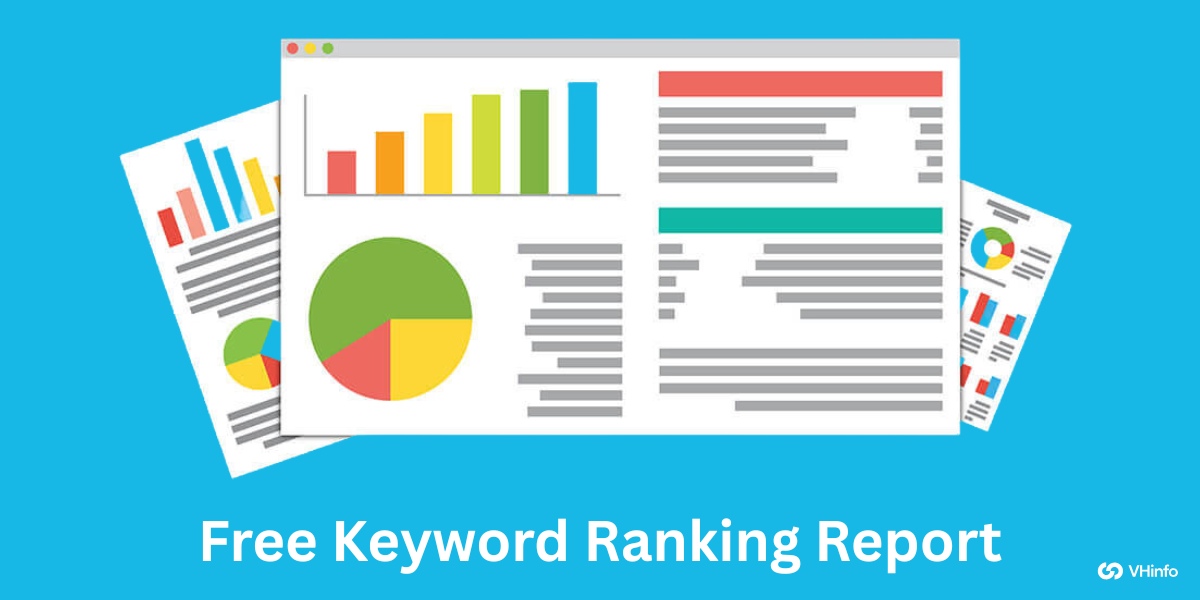Every business owner dreams of turning their online store into a booming ecommerce business.
With the right mix of hard work, market research, and social media marketing, even a small idea can become a big success story. This article shares top selling online success stories, looks at what you need to start your own shopify store, and shows how to keep steady growth.
Along the way, you’ll see how VH Info’s expert link-building services help drive website visitors, build brand awareness, and boost customer engagement.
Best Selling Online Success Stories
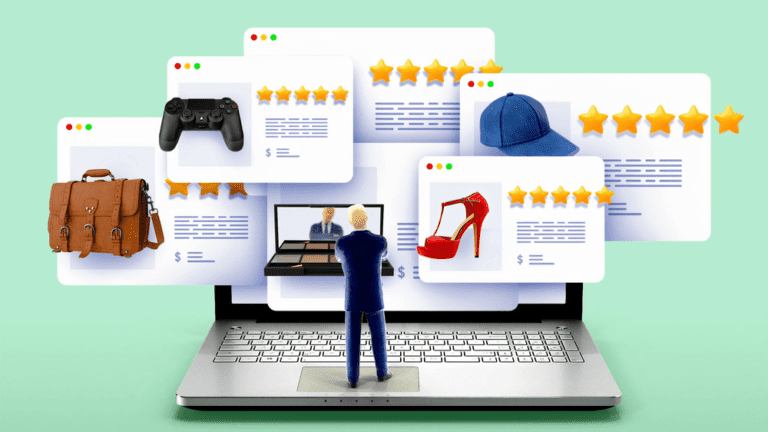
Many entrepreneurs have built online businesses by putting in a lot of hard work and making smart plans.
Asphalte ( €25 Million/Year)

Brand Story:
Asphalte started in 2016. They use a pre-order method. This links their work to customer needs. They do not make items ahead of time. Instead, they wait for orders to come in. Each piece of clothing is made when there’s real demand.
This way of working cuts waste and lowers extra stock. It also lets Asphalte focus on quality. They invest more in what customers want.
Recipe for Success 🏆:
Asphalte works with the best makers. They cut out middlemen to ensure strong, well-made items.
They also use website surveys to get feedback. This helps them create new collections. Customers help design each product. This gives customers a sense of control. It builds loyalty and keeps satisfaction high. This leads to repeat purchases as well.
Takeaway:
Invite your audience to join the process of making. You can use pre-orders or surveys to check ideas.
Focus on quality instead of just profit. Let what customers say guide how you make things. This helps create products that people really want. It also cuts down on risk and waste.
Partake Foods (Less Than $5 Million/Year)

Brand Story:
Danielle Desir had a hard time finding snacks for her daughter. Her daughter had severe food allergies. When she could not find safe options, Danielle started Partake Foods. She faced many challenges. 86 investors turned her down. But she did not give up.
Once she found support and launched on Shopify, things changed. Danielle and her co-developer created tasty snacks that were safe for kids with allergies. In 2020, their sales grew ten times. This helped them earn over $4 million in one year by selling directly to customers.
Recipe for Success 🏆:
Partake did well by mixing good products with smart ways to grow its list. After making great allergen-free cookie recipes, the brand used Google Ads and social media ads. Most importantly, they set up an email program.
Danielle learned that a strong email list helps teach buyers and gets them to buy again. By giving special content and discounts through pop-ups, Partake changed site visitors into loyal fans.
Takeaway:
To succeed, focus on a great product and a strong email list. Use pop-up forms on your site to get email addresses.
Offer rewards to encourage sign-ups. Then, send helpful and useful emails often. This mix raises awareness and brings back customers. You can do this even with a small budget for marketing.
Chubbies ( $45 Million/Year)

Brand Story:
Chubbies started when a group of friends in San Francisco had an idea.
They wanted to show the easy-going feel of weekend fun with bright, old-style men’s shorts. They did not just sell clothes; they sold a way of life. This way of life included lazy days, good times, and happy memories.
Before they opened their Shopify store, the founders made a fun and casual brand voice. This voice spoke directly to college students and young men who wanted comfort and style.
Real social media marketing helped Chubbies built a strong sense of community. As a result, Chubbies quickly grew to have over 1.5 million emails and 1.6 million likes on Facebook. This helped them grow steadily with a 50 percent increase each year.
Recipe for Success 🏆
- Engaging campaigns on Instagram and Facebook that encourage user-generated content
- A witty, authentic tone in emails to their email list
- Referral programs and contests are tapping into their target audience of young men
- Pop-up events and collaborations with influencers to boost brand awareness
Takeaway
Building a loyal group of fans means selling more than just items. You sell an emotion. Use ads on social media. Create content that connects with your community. Have a brand voice that people can relate to.
This way, you can turn buyers into excited fans. These fans will share your story with others.
Beardbrand ( $7 Million/Year)

Brand Story:
After quitting his job as a money advisor, Eric Bandholz followed his love for grooming. He wrote articles and started a YouTube channel about beard care. While going to beard and mustache contests, he found a group of men wanting good products.
With no cash for big ads, Eric made a Shopify store. This store showed its items like oils, combs, and washes. He used simple product pages and real market research to win trust.
Recipe for Success 🏆
- Engaged the bearded community through social media engagement on Instagram and Facebook Ads
- Launched a Beardsman Quiz on his site to capture email list subscribers and gather customer feedback
- Used targeted Google Ads to drive website visitors to his ecommerce business
- Focused on top-notch customer service and continuous product design updates
Takeaway
Talk to your main audience. Use quizzes to find out their needs. Use this feedback to make new products. Help loyal customers with useful content. Give them special recommendations that fit their likes.
Maison Balzac (<$5 Million/Year)

Brand Story:
Maison Balzac started when Elise Pioch made five scented candles. She left her job in fashion to do this. At first, she worked alone.
Later, she teamed up with product makers from around the world. They worked together to create luxury home items like perfumes and furniture. Now, a small team of five helps keep Elise’s dream alive. They focus on making quality products that mix art with everyday use.
By staying small and involved, Maison Balzac connects directly with its customers. This builds a real sense of community around their special items.
Recipe for Success 🏆
Elise loves product design. She listens to her customers and trusts her gut. Instead of trying to grow fast, she takes small steps. She tests new products with her email list and on social media. This way, she makes sure each new item connects with her audience.
Maison Balzac is steadily growing by avoiding significant investments that could damage her brand. They share personal stories on their Shopify store and engage in enjoyable marketing on social media.
Takeaway
Stay personal and human in your online shop. Use your passion to connect with customers. Talk to them directly through surveys and emails. Use social posts to reach out as well. This helps you create products that really connect with people. It builds loyal customers who support your brand’s journey.
WP Standard ( $5 Million/Year)

Brand Story:
In 2009, Ryan Barr, who loves guitars, started WP Standard. He began with a few hundred dollars. His goal was to sell handmade leather guitar cases. As a musician, he wanted to make strong and stylish cases. His designs were meant for other players to enjoy.
Over the years, WP Standard grew. They added backpacks, wallets, and tote bags. Now it is a big online store that makes seven figures. Today, their products are on Shopify and in popular stores and apps. This shows the brand cares about quality and smart design.
Recipe for Success 🏆
Ryan worked hard to build an email list. He called this his “owned channel.” He used pop-up offers and Klaviyo to get leads. He spent money on ads on Instagram and Facebook. These ads helped him grow brand awareness.
Then, he directed those visitors to join his email list.
Through conducting thorough market research within the guitar community, he discovered the desires of the people. This ensured that every product page addressed genuine needs, ultimately leading to increased customer engagement and repeat purchases.
Takeaway
Use your interests to find a niche market. Then, make sure to use email capture tools right away. A strong email list can help turn visits from paid ads into sales. It also helps you grow steadily. This way, you don’t have to rely too much on changeable platforms.
Holo Taco (<$5 Million/Year)
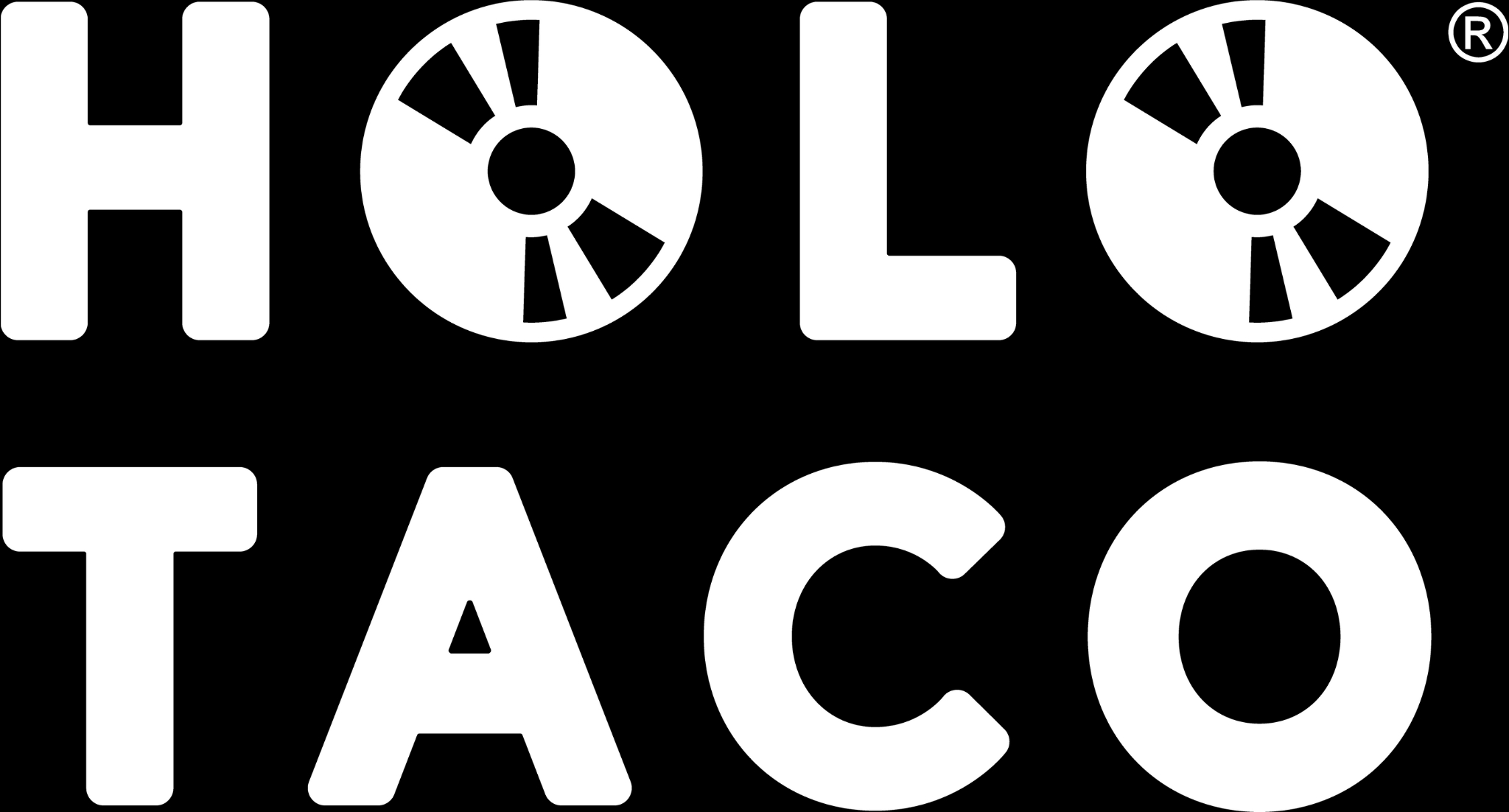
Brand Story:
Holo Taco launched two years ago when YouTuber Cristine Rotenberg (Simply Nailogical) turned her love of holographic nail polish into a Shopify store. Instead of a mortar store, she built an online store full of vibrant, rainbow-flecked shades. Using her YouTube channel and social media platforms, Rotenberg created buzz before launch—fans flocked to her email list, and Instagram followers grew.
When the first collection dropped, all polishes sold out in under an hour, proving that a unique product plus a loyal target audience can spark rapid business growth.
Recipe for Success 🏆
Rotenberg stayed true to her brand values. These values are vegan, cruelty-free, US-made, and priced at $13. She refused big brand deals that could harm product quality. She also did not want to break her promise to fans.
Through smart social media marketing, she used Facebook ads effectively. Ongoing talks with customers helped Holo Taco build a strong community. This approach led to more repeat orders.
Takeaway
Prioritize authenticity and quality over fast expansion. When you deliver on your promises—backed by genuine customer feedback and a clear business model—you’ll build loyal customers and sustainable ecommerce success.
Allbirds ($305 Million/Year)

Brand Story:
Allbirds wanted to make a running shoe that is comfy and good for the earth. The founders used safe materials like eucalyptus and merino wool. They made about six simple styles of shoes.
Allbirds attracted eco-conscious customers by prioritizing designs that are beneficial for the environment.
Their Shopify store effectively communicated the story behind each shoe, with high-quality images reflecting the brand’s commitment to nature. This approach contributed to the brand’s annual revenue of $305 million.
Recipe for Success 🏆
- Defined a unique brand value around sustainability in a crowded market
- Adopted a direct-to-consumer model to cut out middlemen, lower prices, and control manufacturing
- Used social media marketing and email list campaigns to educate customers on eco materials
- Collected customer feedback to refine fit and color options
Takeaway
Stand out by being truly responsible for the environment. A clear product line is important. Good market research helps too. Engaging directly with your target customers can lead to quick growth. This can happen even if you have a small catalog.
Blume (Less Than $5 Million/Year)

Brand Story:
Blume was started in 2018 by sisters Taran and Bunny Ghatrora. They offer skin, body, and period care. Their products are made from renewable sources. The goal is to empower young women.
At first, they were called Ellebox. They sold third-party items before changing their name. Then they launched their own product line. Blume focuses on clean and vegan formulas. They also provide clear education about body health.
This approach helped them build trust with Gen Z shoppers. These shoppers want honest content and good products on their Shopify store.
Recipe for Success 🏆
- Identified that Gen Z (ages 16–24) craves cruelty-free, eco-friendly wellness and beauty items
- Used Shopify’s analytics to track website visitors and boost social media engagement
- Implemented a loyalty program, referral incentives, and a customer review app for social proof
- Combined commerce with informative content to address period stigma and build brand awareness
Takeaway
Solve real issues for your target group. Blume changed from a wide subscription service. Now, they focus on a brand. This brand meets Gen Z’s needs. They want vegan skincare products. They also care about the environment. Blume encourages open talks about women’s health.
Madsen Cycles ($5 Million/Year)

Brand Story:
After visiting relatives in Denmark, Jared Madsen fell in love with the nation’s bike culture and saw how families there enjoyed easy rides together. Back in the US, he set out to bring that joy home by designing the “Bucket Bike” in 2008—a cargo bike built for parents and kids.
Jared launched a Shopify store to sell these sturdy, family-friendly bikes, turning his passion for cycling into an ecommerce business that now brings smiles to thousands of households each year.
His blend of hard work, thoughtful product design, and genuine love for family rides shaped Madsen Cycles’ success story.
Recipe for Success 🏆
Madsen Cycles had a special product. They used real social media marketing to reach people. They asked families to share photos and videos of their Bucket Bikes in use. This helped invite more customer engagement.
By adding the Instafeed app to their online store, visitors can see real images from happy users. This content created by users helps grow brand awareness. It also builds trust with customers and brings more visitors to the website.
Takeaway
Use your customers’ stories. Share real posts from social media on your product pages. This helps make customers happy and can boost growth. When people see actual families enjoying your product, they may feel more drawn to it.
They are likely to become loyal fans of your brand.
What Should You Make Sure of When Starting an E-commerce Business From Scratch?
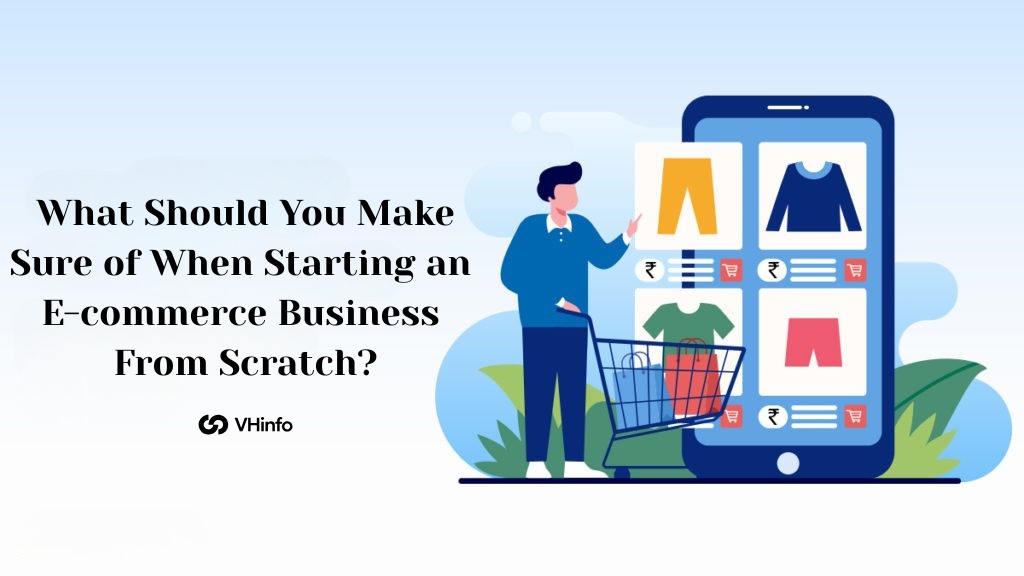
Starting an e-commerce store means building a solid business model and understanding your target market.
Here are the key steps:
- Define your niche market and target customers with market research.
- Pick a platform like a Shopify store or WooCommerce.
- Build an email list from day one, offering a free trial or discount.
- Craft clear product pages with high-quality photos.
- Set up Google Ads, Facebook Ads, and social media ads for initial traffic.
- Plan a referral program to turn visitors into loyal customers.
- Focus on excellent customer service and gather customer feedback to refine your products.
- Maintain steady growth by testing new digital products, expanding social media platforms, and planning for holiday season peaks.
How to Keep Running Your E-commerce Store For Such Promising Results?

To hit the numbers of our success stories, follow these strategies:
- Build a sense of community through social media engagement on the YouTube channel, Instagram, and Facebook.
- Launch new products regularly, using customer feedback to guide product design.
- Use email list segmentation to send targeted offers to different target audience groups.
- Optimize Google Ads and Facebook Ads campaigns to lower spend and boost website visitors.
- Create case study content—share your business success and running shoe experiments to inspire trust.
- Partner with retail stores or pop-ups to reach offline shoppers.
- Track metrics: annual revenue, email list growth, social media followers, and customer satisfaction scores.
- Embrace environmental responsibility and share your brand values to connect with conscious buyers.
FAQ’s:
What Are the First Steps to Start Selling Online?
Start by looking into your niche market. Know your target customers well. Pick a Shopify store or a similar site. Create an email list by offering a sign-up gift. Set up product pages for your items.
Launch your first social media ads and Google ads to bring visitors to your online store.
How Do You Handle Returns and Refunds in an Online Business?
You should have clear and fair return rules on your online shop. Use a system that tracks returns automatically. Give great help to customers through email and social media. Make it easy and quick for customers to return items. This will boost customer happiness.
Can Small Businesses Compete With Major Online Retailers?
Yes. Small businesses can win by focusing on a special market. They should offer good products and build strong ties. Use social media to market your brand. Engage with your email list often. Highlight your brand’s values and community feel.
Show why your unique product is better than big stores.
What Are Some Effective Ways to Increase Online Sales?
Use these tactics to increase online sales:
- Run Facebook ads and social media ads targeting your target audience.
- Build and segment your email list for personalized offers.
- Offer subscription service models or free trial samples.
- Launch a referral program for loyal customers.
- Share customer feedback and case study content on a YouTube channel or blog.
- Optimize your product pages for SEO and conversions.
- Plan promotions around the holiday season to boost annual revenue.
Conclusion
Building a successful e-commerce business takes hard work, smart market research, and lots of social media marketing.
First, find your niche market and learn about your target customers. Then set up a Shopify store with clear product pages and grow an email list for offers and customer engagement.
Use Google ads, Facebook ads, and social media ads to bring website visitors and build brand awareness. Keep talking to your customers with surveys and quizzes so you can make quality products they love.
Offer new digital products or subscription service options to keep steady growth. Share real stories from happy buyers to boost customer satisfaction and loyal customers. Plan for the holiday season with special deals and put excellent customer service first.
Follow these steps, and your online store can become the next big success story.
